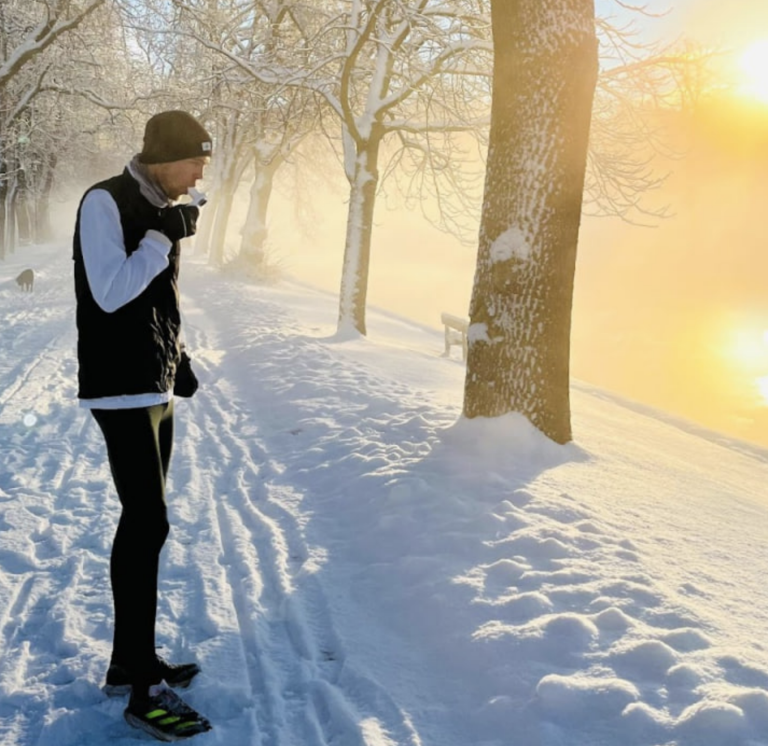
3 Jan 2024
Breathing under pressure: A deep dive into exercise-induced Asthma among elite athletes
In the high-performance world of elite sports, athletes often face invisible adversaries that can be as challenging as their physical competitors. One such obstacle is exercise-induced asthma, a condition that affects not only the well-being of the athlete but also their performance.
To gain a better understanding of this condition and its impact on athletes, we turned to Dr. Reier-Nilsen, an expert in pediatric diseases, allergology, and sports medicine, and Emil, an elite runner who has struggled with exercise-induced asthma.
Dr. Reier-Nilsen explains, "Exercise-induced asthma occurs in connection with physical exertion and can be seen as a stress injury in the airways. Just as athletes can suffer from overuse in the legs or hips, the lungs can be overburdened. Interestingly, when the body faces this type of stress in the lungs, it prioritizes blood flow to this area over the muscles in the legs. This results in higher lactate levels in the muscles, leading to early fatigue and 'dead' legs, which negatively affects running capacity.
Emil began experiencing breathing difficulties during training in extreme cold. "In the summer, I feel strong, but when winter comes, it's like running with a constant weight on my chest. There's something about the effort, especially in the cold, that really affects me." “For athletes like Emil, it seems to be the increased physical burden in conjunction with environmental factors like cold air that triggers the symptoms," says Reier-Nilsen.
Dr. Reier-Nilsen points out that treating exercise-induced asthma can be complicated, especially since standard treatments like Ventolin are not always effective for this specific type. "It's about understanding each athlete's unique triggers and tailoring a treatment plan accordingly. For Emil, it's clear that cold air is a significant factor. So our strategy must be more customized than a general asthma treatment."
A key indicator of exercise-induced asthma, according to Dr. Reier-Nilsen, is a noticeable dip in lung function, often more than 10%, during or most often within 10 minutes after exertion. "This is where tools like AsthmaTuner come into play," she explains. "By using a lung function meter during training, Emil and other athletes can monitor their values in real-time, providing us with invaluable information to tailor their treatment plans."
To accurately evaluate and manage his condition, Emil will undergo an intensive two-week evaluation period using AsthmaTuner's diagnostic tools. This includes detailed exertion tests and daily monitoring of his lung function and symptoms.
Dr. Reier-Nilsen emphasizes that, just like with all stress injuries, when there's too much of something, it gets worse. "Exercise-induced asthma requires us to think about the athlete's health holistically. It's not just about treating the symptoms but understanding the underlying stress and working to minimize its impact. It's a constant process of adjustment and adaptation. Through this evaluation, we hope to isolate the exact conditions that exacerbate his symptoms and tailor a treatment method that helps him perform optimally under all conditions."
Emil's story is an important reminder that high-performance sports require more than just physical strength and endurance. It also requires an understanding and management of the invisible factors that can affect an athlete's ability. Through customized strategies and innovative treatment methods, athletes like Emil continue to push boundaries and overcome obstacles, both on and off the track.



